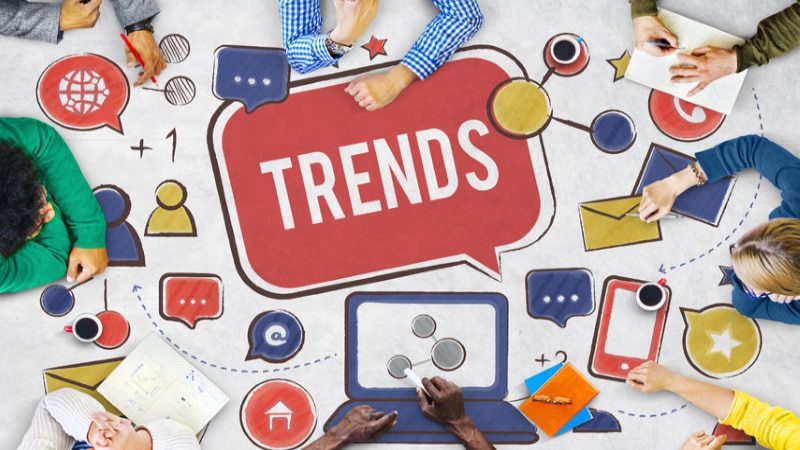One of the most exciting things about social media is how quickly it changes. This time last year, we were excited about live streaming and its power to help build and grow thought leadership. What a difference a year makes! Now, live streaming is an important part of most social strategies, and our big focus this year has turned to how to protect user data and prevent manipulation of social media.
Highlights (and Lowlights) from 2018
The Cambridge Analytica scandal brought to light how little social platforms were doing to protect user data. In fact, it revealed that the platforms regularly shared and sold information. The scandal, plus a series of congressional hearings, kicked off an exodus of Facebook users. The platform saw its share price drop, too. Just recently, an investigative report on Facebook further demonstrated how poorly prepared the company’s leadership was to protect data and prevent mis-use by Russian misinformation specialists and others.
While Facebook continues to work on these issues, the European Union enacted the most important piece of legislation to protect users’ data — GDPR, or the General Data Protection Regulation. This law requires companies to ask for consumer permission to use, share, or sell their data. Social media platforms are international enterprises and they are all now GDPR compliant.
Data concerns and negative content fatigue has driven many people to step away partially or permanently from social media. Facebook and Twitter have suffered the most loses. Both have seen user numbers fall in 2018. That doesn’t mean these aren’t viable platforms, it just means their demographics are shifting.
Twitter launched a campaign this year to address misinformation and manipulation by removing bot and phony accounts. Instagram has taken a similar approach by going after fake followers.
Influencer marketing also became even more powerful this year and shows no signs of abating. Influencers are so powerful on social media, just one tweet from Kylie Jenner cost Snapchat $1.3 billion dollars after she complained about a site redesign.
But it wasn’t all doom and gloom! There are some bright spots and cool things to try in what’s left 2018 and well into 2019.
- Videos and live streaming are stronger than ever. If you aren’t using video content, it’s time to jump onboard. New statistics predict 80% of internet traffic will be made up of videos by 2020.
- Ephemeral content is visual content only available for a short time, such as Facebook or Instagram stories. (Snapchat is all ephemeral content but has proven less valuable to thought leadership.) This type of content gets great engagement and is a way to create interest.
- This is the perfect time to try a new platform or let go of one that’s just not working for you. YouTube, Instagram, and Snapchat are the top platforms for people 18-30; while users over 30 are showing up on Facebook, Instagram, and LinkedIn. Twitter isn’t tops with any age group; neither is Pinterest. If you’ve been spending time there and getting little benefit, it might be time to walk away. Conversely, if you aren’t on Instagram, the time to create an account is now.
Going into 2019, we will continue to monitor data usage and misinformation campaigns on social media. Those issues are on-going. But on a lighter note, we’ll also be exploring more ephemeral content for our company and our clients. We’ve already created a weekly live stream, and will continue to explore other live opportunities.
What are you going to try on social media before the year ends?
Christy Kirk, Vice President of Client Services, is a social media strategist, writer, and former television journalist, who’s done everything from launch a news department to create social content and strategy for Fortune 500 companies and brands including Pampers Diapers, Pantene, Luvs Diapers and Carlson Rezidor Hotels. Now, Christy manages marketing projects for Weaving Influence, with an emphasis on social media marketing. She is also a wife and mother of three children, one dog, and one cat. She loves reading, baking, running, hiking and exploring new places.

